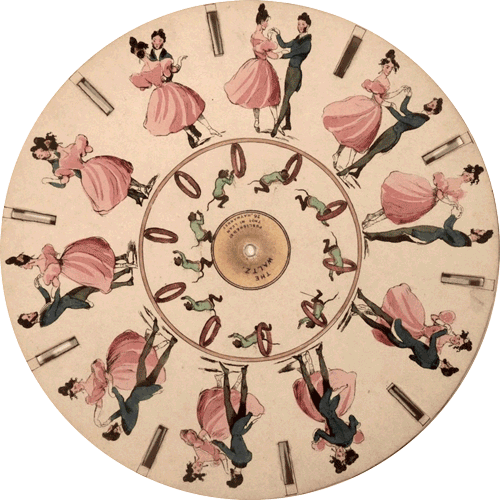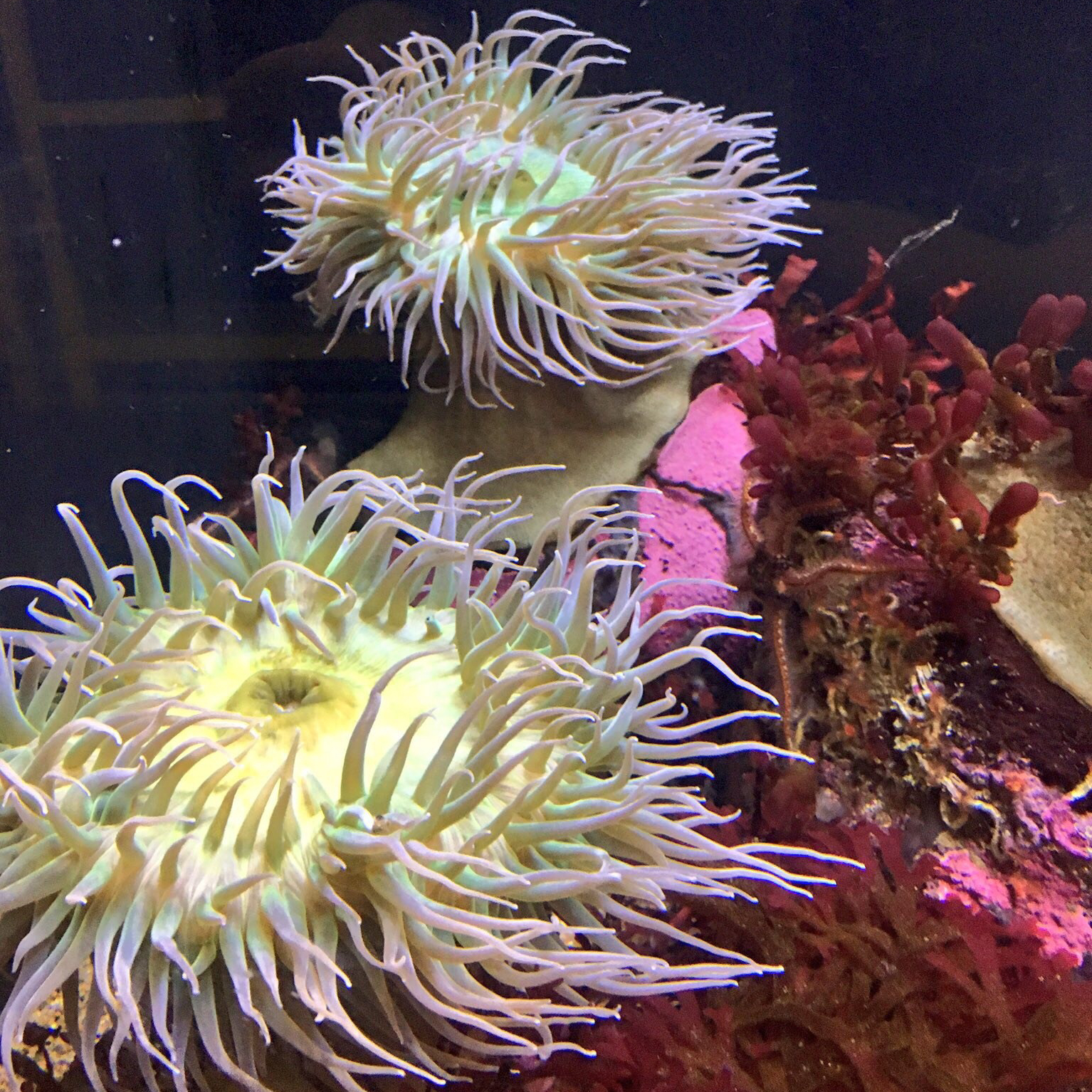As an addendum to my previous post that celebrated the ‘haptics’ of examining physical materials, I thought I would write a parallel piece exploring what the digital realm has to offer. I wanted to exhibit how digital curiosities can often provide an almost extra-sensory experience that can emotionally propel us through time – in a manner that a ‘physical’ material can not. Therefore, I have (somewhat sporadically) organised these resources by ‘sense’ – in an effort to show how successfully the digital medium can inhabit the full span of bygone sensory experience.
- #1 Starting with the visual – The Richard Balzer Collections offers a veritable virtual Wunderkabinett of visual curiosities. This rich collection of visual wonders includes magic lanterns, peepshows, shadows, transparencies, thaumatropes, phenakistascopes and a variety of other optical toys.
- #2 The Tate Collective’s Blog provides another celebration of ninteenth-century visual culture. The Blog celebrates digital remixes of famous pieces of art. Check out the ‘1840’s GIF Party‘, ‘All Glitched Up‘ and more.
- #3 An example of auditory material is this recording of a machine from 1890s used to make birdsong.
- #4 Returning to ‘haptics’ but this time through the computer screen, ‘The Thomas Hardy and Clothing Project’ builds upon student-led research undertaken at Exeter to create a digital research database of references to fashion in Hardy’s writing and biography. The database will also provide links to digital images of clothing worn by Hardy, his friends and relatives and contribute to the Thomas Hardy: Fashion, Fact and Fiction exhibition.
- #5 – For olfactory curiosities until the advent of smell-o-vision (an invention that would surely have captivated the Victorians!) see Mimi Matthew’s brilliant ‘A Victorian Lady’s Guide to Perfume’ for a comprehensive touchstone on the olfactory vernacular of the nineteenth-century.
- #6 Moving away from the foundations of human experience, into other facets of existence like the spatial, The Dicken’s Society is looking for a team of scholars to become a part of an exciting project that will geographically map the lifespan of Dickens’ works.
- #7 Mapping Emotions in Victorian London offers another example of harnessing digital technology for ‘literary geography.’
- #8 The ‘Our Mutual Friend Tweets’ experiment, (run by Birkbeck University) a collaborative project in which participants re-enacted the voices of Dickensian characters on Twitter – does a brilliant job of recreating the immediacy of Victorian print culture. See Emma Curry’s ‘Doing the Novel in Different Voices: Reflections on a Dickensian Twitter Experiment‘ for further insight into the project.
- #9 Finally, Evan Kindley’s article ‘Down the Rabbit Hole: The rise, and rise, of literary annotation’ provides a Carrollian travel-guide to crowd-sourced annotation technology such as ‘Genius’. Which seek to create ‘living documents’ out of classic texts, a virtual surrogate of the annotated library book – but with far more detailed annotations.
[Images from Evan Kindley’s Down The Rabbit Hole]
To be kept up to date on new posts from The Cabinet of Curiosity subscribe by WordPress or follow me on Twitter @rosalindmwhite.







Mimi Matthews says:
Thanks so much for the kind mention, Rosie 🙂 I am really loving your new blog! It has such a great Victorian feel to it.
Rosalind White says:
Thanks Mimi – and thanks for all your kind retweets! 🙂